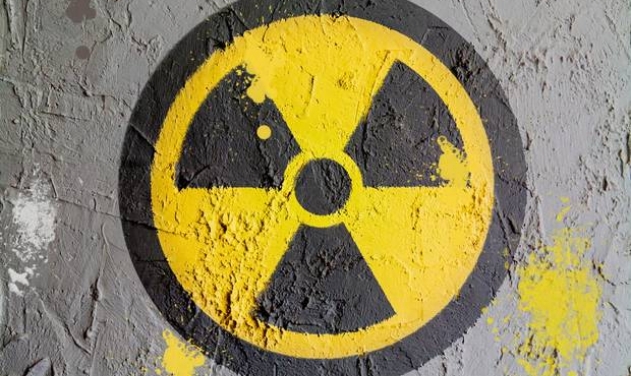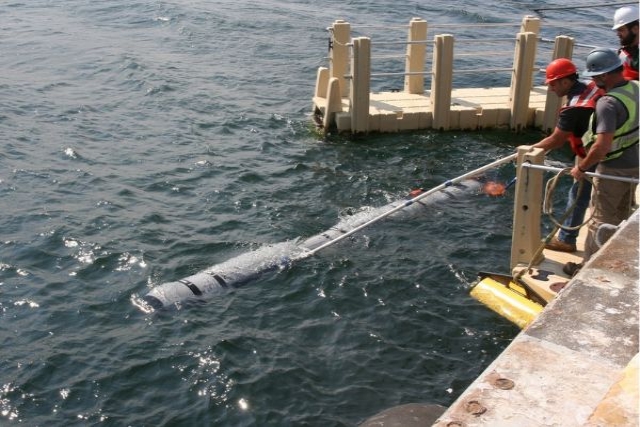Radioactive Spike Confirmed Following Blast in Russian Jet Propulsion Facility

A blast in a Russian jet propulsion system laboratory in Arkhangelsk Region led to a spike in radiation levels immediately after the incident.
Experts from the Federal Service for Hydrometeorology and Environmental Monitoring (Rosgidromet) claim the recent spike in gamma radiation in Severodvinsk, Arkhangelsk Region on 8 August, following a tragic incident during military trials is connected to the passing of a cloud of radioactive inert gases.
Rosatom on Saturday stated that the accident involved “isotope power sources.”
"It is assumed that the increase in the ADER (ambient equivalent dose rate) gamma radiation registered on 8 August, 2019 is associated with the passage of a cloud of radioactive inert gases. The meteorological situation in Arkhangelsk Region contributed to the rapid dispersal of the cloud,” Russia's weather service reports about the identified changes in radiation levels from 9– 16 August, in information published on its website, Sputnik reported.
On 8 August an explosion rocked a military training ground near Severodvinsk during testing of a liquid propulsion system. As a result of the accident, two military personnel and five scientists from Russia’s state atomic corporation, Rosatom, were killed. Three more scientists were hospitalised.
The blast and the subsequent spike in radiation levels has led to speculation that the scientists were testing a nuclear propulsion system for a new type of missile under unsafe conditions. The involvement of nuclear scientists in a jet propulsion test further adds to speculation that a miniaturized nuclear engine was being tested.
In addition, Norway’s radiation and nuclear safety authority DSA said it had detected the radioactive iodine at its air filter station in samples collected between 9-12 August, in Svanhovd, which is by the Russian border, reports Reuters. Monitoring stations in Norway reportedly detect the presence of radioactive Iodine in air about 6-8 times a year, source of which remains unknown.









